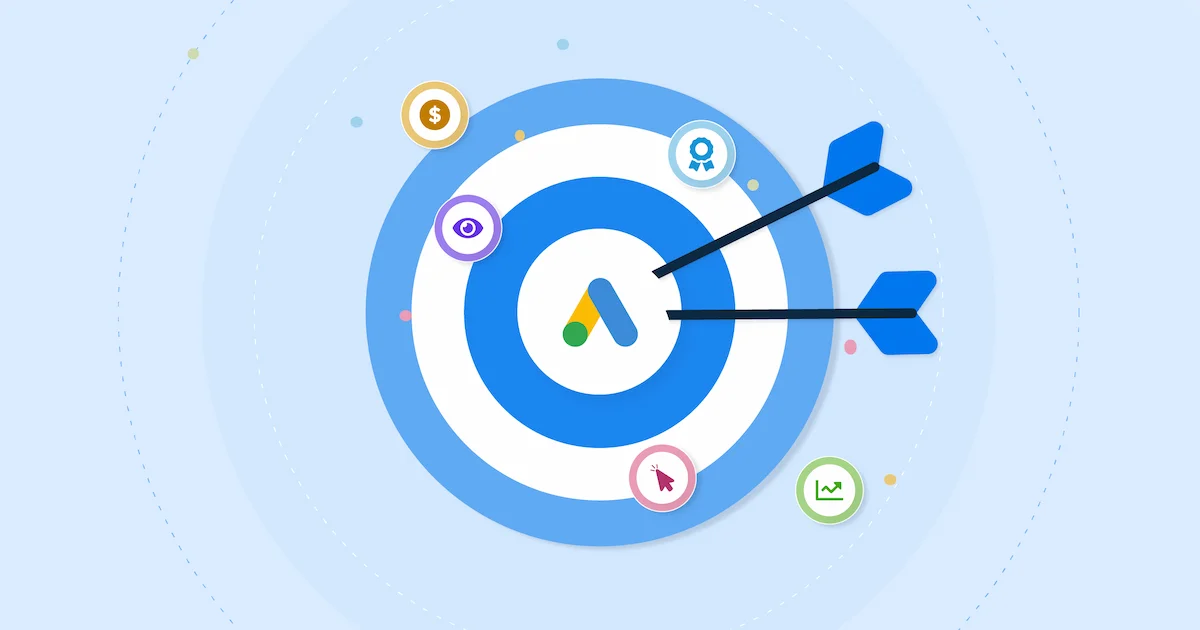Difference Between Engagement Rate & Session Duration
Both Engagement Rate and Session Duration are key metrics used to analyze user behavior, but they measure different aspects of interaction.
1. Engagement Rate
- Definition: Measures the percentage of sessions where users engage with the website in a meaningful way.
- Calculation: The number of engaged sessions divided by the total sessions.
- Engaged Session: Typically defined as a session where:
- The user spent at least 10 seconds on the page.
- They triggered a conversion event (e.g., clicked a button, filled out a form).
- They viewed at least 2 pages.
Purpose: Helps determine how effectively your website or landing page captures user interest and drives interactions.
2. Session Duration
- Definition: Measures the total amount of time a user spends on your website in a single session.
- Calculation: The time difference between the first page load and the last recorded interaction.
- Limitation: If a user leaves the site without triggering an interaction, Google Analytics cannot measure the exact time spent on the final page.
Purpose: Indicates the overall time users spend on your site, providing insight into content engagement.
Key Differences
| Metric | Measures | Calculation | Use Case |
| Engagement Rate | Percentage of users who interact meaningfully | (Engaged Sessions / Total Sessions) × 100 | Evaluates website interactivity & user interest |
| Session Duration | Total time spent on the site in a session | Time between first and last interaction | Determines how long users stay on your site |
Which One is More Important?
- For lead generation & conversions → Focus on Engagement Rate.
- For content-heavy sites (blogs, news) → Session Duration is more relevant.
- For eCommerce & product pages → A combination of both is ideal.


